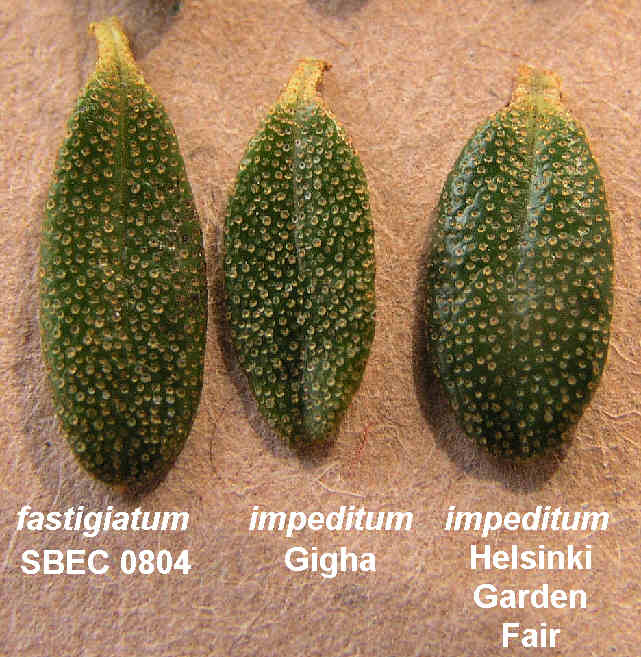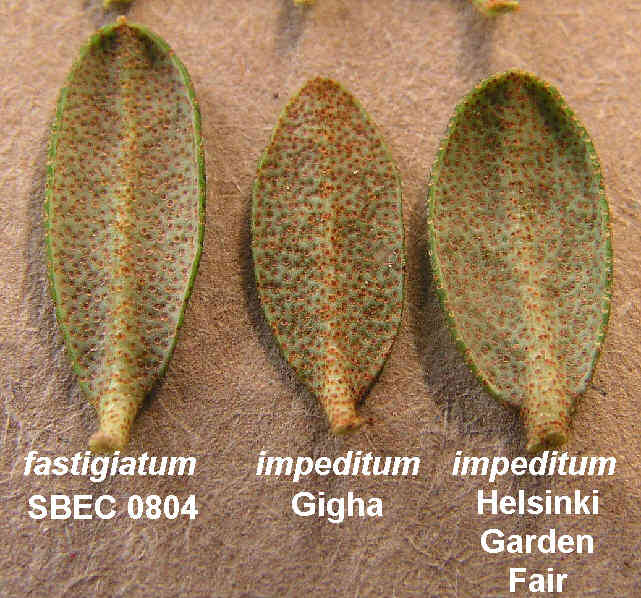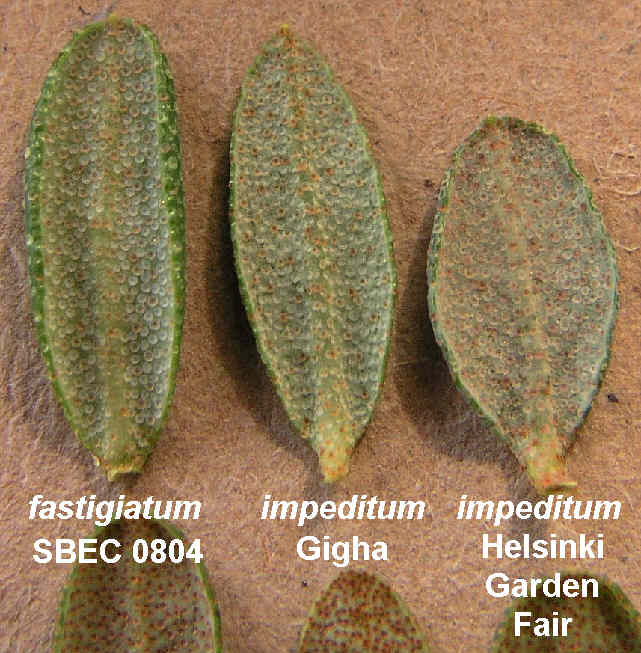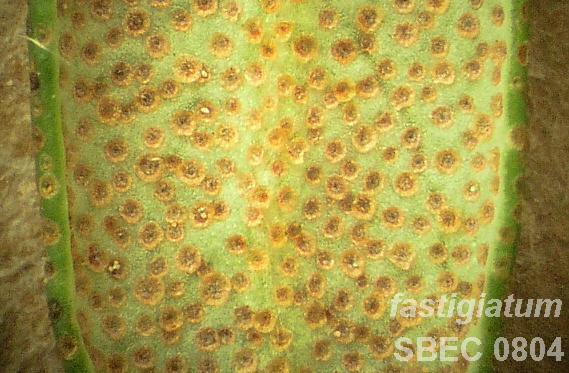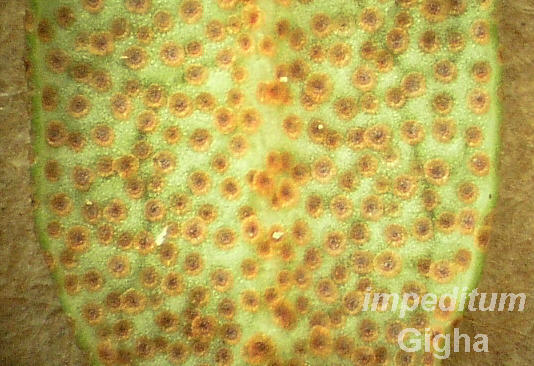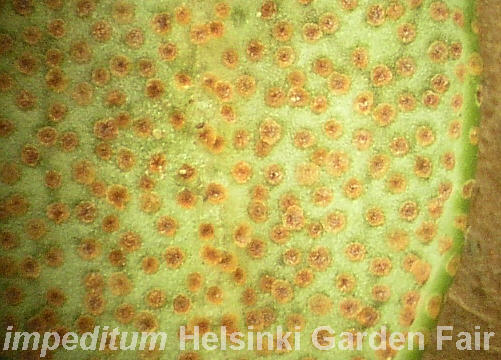|
R. fastigiatum or R. impeditum?
Identification of R. fastigiatum and R. impeditum from each other is not that simple.
The Encyclopedia of Rhododendron Species tells on the differencies:
"Many plants labelled R. impeditum in cultivation are in fact its closest relative R. fastigiatum.
R. fastigiatum has glaucous foliage and opaque scales on the lower surface while R. impeditum
differs in its green foliage and dark brown scales." (Page 267)
"R. fastigiatum differs from the very closely related R. impeditum in its glaucous rather than
green upper surface and its opaque rather than brown scales on the lower surface.
It is arguable that these two species should be merged as the differencies between them are not
very significant, altough the distribution of R. impeditum is to the north-east of that of R. fastigiatum
and they overlap in only a limited area." (Page 263)
In the book there are also pretty good pictures showing the foliage of both species.
The Rhododendron Handbook 1998 from RHS describes the leaves of the plants as follows:
R. fastigiatum
Leaves often bluish, (0.5-)0.7-1.6 × 0.3-0.6(-0.9)cm, broadly elliptic or oblong to ovate, apex rounded to
subacute, mucronate, lower surface covered with white or
pinkish milky scales that are touching in groups
or more scattered. ...
R. fastigiatum may be distinguished by the milky scales on the lower surface of the leaves.
R. impeditum
Leaves (0.4-)0.5-1.5 × 0.3-0.7cm, broadly elliptic or oblong to ovate, apex obtuse or acute, mucronate,
lower surface covered with uniformly rusty, markedly to slightly
spaced scales.
I have three lovely plants that I thought to be what the name tag told them to be, but now I'm not sure.
The plants are:
1. R. fastigiatum, SBEC 0804, from Glendoick Gardens spring 2002
2. R. impeditum, Gigha form, CC&H 8253, from Glendoick Gardens spring 2002
3. R. impeditum, unknown origin, from Helsinki Garden Fair spring 2003
A basic question:
Should one use new or mature one year old leaves to identify the species from scales?
The scales on mature leaves look totally different from the scales on young leaves!
I failed to identify my plants. What do I have? One fastigiatum and two impeditums or three fastigiatums or three impeditums?
I would be glad to hear opinions on this puzzling matter.
Please, take a look on the pictures that I took from the leaves of my plants on 08-Aug-2004.
|
